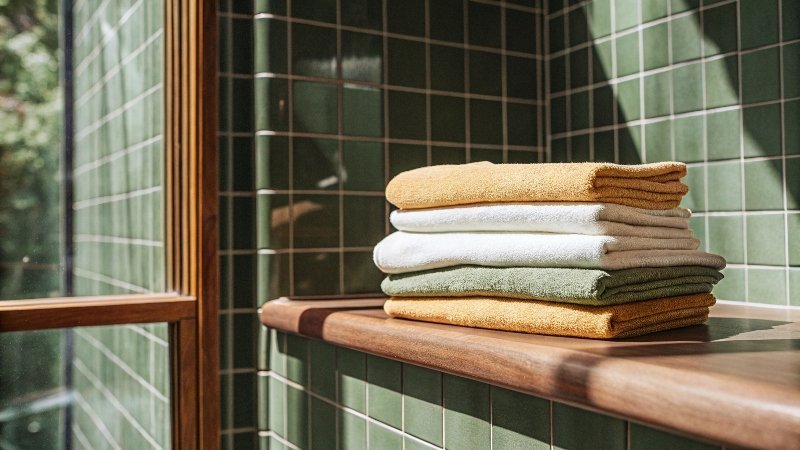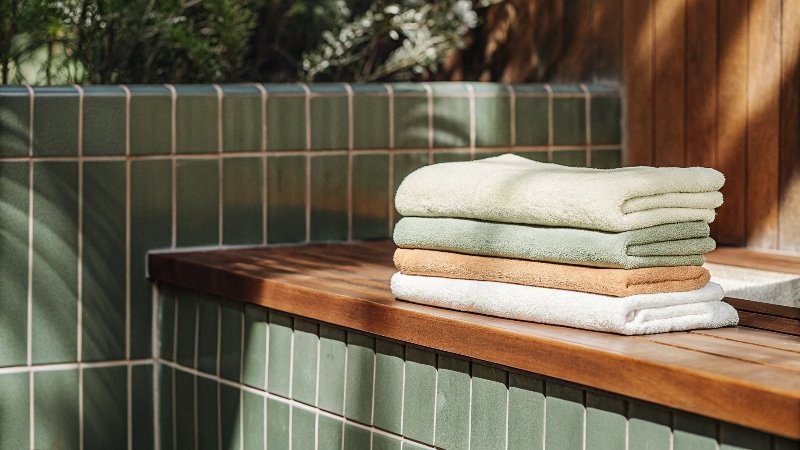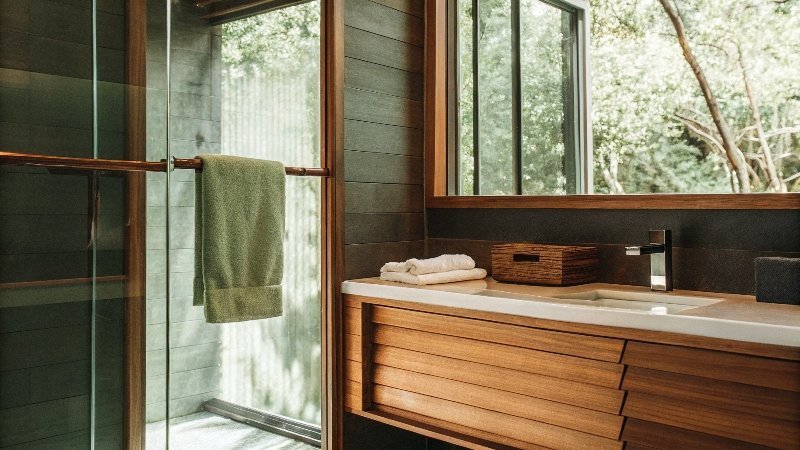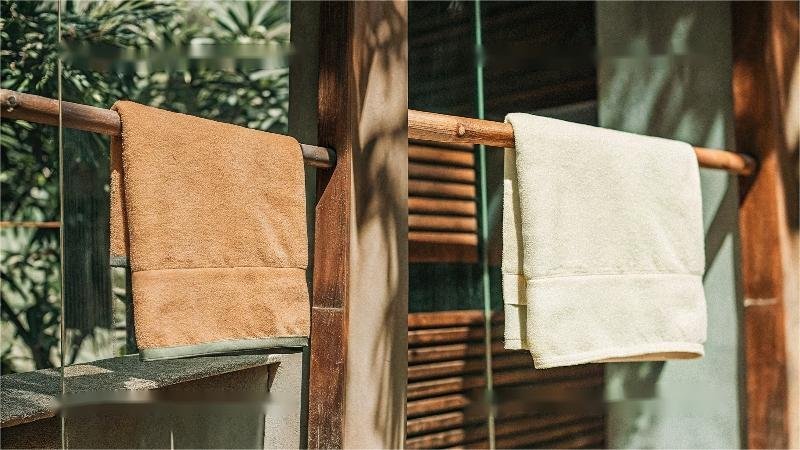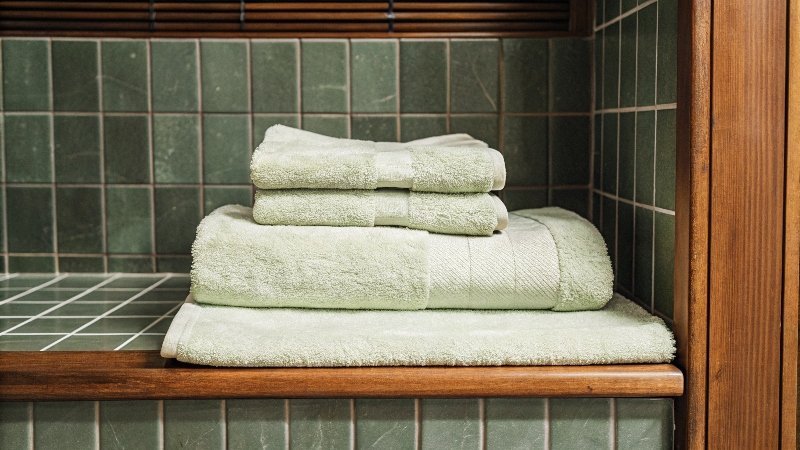Confused by towel prices? Cheap ones fall apart, while expensive ones seem like a rip-off. To find the real value, you need to understand what you’re paying for.
A good quality bath towel for a private label brand typically costs between $8 and $20 per unit from the factory. Prices can range from under $5 for basic towels to over $50 for luxury retail options, depending on material, weight (GSM), and brand markup.
But price is just one number on a spec sheet. To make a smart buying decision for your brand or hotel, you need to look deeper at what drives that cost. Let’s break down what you’re really paying for and how to get the most value for your investment.
How much should bath towels cost?
Setting a budget for bath towels is tricky. You don’t want to overpay for features you don’t need, but you also can’t risk getting stuck with low-quality stock.
For private label brands, a quality bath towel made from 600-700 GSM long-staple cotton should cost between $8 and $15 per unit from the factory. This price point offers the best balance of plushness, absorbency, and durability for building a reputable brand.
The price you "should" pay depends entirely on your goal. Are you supplying a gym with high-turnover towels, or are you building a luxury DTC brand? I’ve seen clients succeed in both areas, but their definition of a "good price" is completely different. The key is matching the towel’s specifications to your customer’s expectations and your brand’s promise. I’ve had clients get lured in by a $4 towel, only to face a wave of bad reviews about shedding and poor absorbency. You don’t need a $40 retail-level towel to deliver a premium experience, but investing in the right quality level is crucial. The sweet spot for most of my clients offers excellent quality that builds brand loyalty without breaking the bank.
Towel Pricing Tiers
| Tier | Factory Price (Est.) | Key Features | Best For |
|---|---|---|---|
| Budget | $3 – $7 | Lower GSM (300-500), standard cotton | Promotions, gyms, budget motels |
| Quality | $8 – $15 | 600-750 GSM, long-staple cotton, OEKO-TEX | DTC brands, Amazon, boutique hotels |
| Luxury | $16+ | 750+ GSM, Egyptian/Pima cotton, GRS certs | High-end boutiques, luxury resorts |
Are expensive bath towels worth it?
You see high price tags on towels and wonder if it’s all just marketing fluff. Wasting money on a "luxury" towel that doesn’t perform any better is a real concern.
Yes, in most cases they are. Expensive towels typically use superior materials like Egyptian cotton, have a higher weight for better absorbency, and feature durable construction. They last longer and feel softer, justifying the investment for brands focused on a premium customer experience.
When you pay more for a towel, you’re not just paying for a brand name. You are paying for tangible upgrades in material and craftsmanship that directly impact performance and longevity. The most significant factor is the cotton itself. Expensive towels use long-staple cotton, like Egyptian or Turkish cotton. These longer fibers are stronger, softer, and create a more absorbent yarn. They are also often "combed" to remove shorter, weaker fibers, which reduces shedding. I remember a hotel client who switched from a budget towel to one of our premium Turkish cotton towels. Their annual replacement costs dropped by 40% because the towels simply withstood more washes without becoming rough or thin. The initial higher cost paid for itself within 18 months, not to mention the improvement in guest satisfaction.
Beyond the Price Tag: What You’re Paying For
- Superior Materials: Long-staple fibers (Egyptian, Pima, Turkish cotton) mean a softer feel and less lint.
- Advanced Construction: Techniques like zero-twist yarn create incredibly plush and absorbent towels, while double-stitched hems prevent fraying.
- Certifications: OEKO-TEX and GRS certifications add a small cost but guarantee the product is safe from harmful substances and made sustainably—a huge selling point for modern consumers.
What is the difference between cheap and expensive towels?
A towel is just a towel, right? But we’ve all felt the difference between a scratchy, thin towel and one that feels soft, heavy, and incredibly absorbent.
The main differences are material, weight (GSM), and construction. Cheap towels use standard, short-staple cotton, have a low GSM (under 500), and simple stitching. Expensive towels use premium long-staple cotton, have a high GSM (600+), and durable, reinforced construction.
The difference becomes obvious after just a few uses and washes. Cheap towels are made with short-staple cotton fibers that can feel harsh against the skin. They tend to push water around rather than absorbing it. After a few wash cycles, they often start to fray at the edges and shed lint everywhere. When we test towels in our lab, the difference is stark. A cheap towel shows significant thinning and fraying after just 20 washes. In contrast, an expensive towel made with long-staple cotton has strong, thirsty fibers that pull water from your skin. The hems are double-stitched for reinforcement, so they hold up wash after wash. Our premium towels look almost new after 50 washes in the lab. This durability is why hotels and successful DTC brands invest in better quality—it translates to happier customers and a lower replacement cost over time.
A Head-to-Head Comparison
| Feature | Cheap Towel | Expensive Towel |
|---|---|---|
| Material | Standard Cotton (short-staple) | Egyptian, Supima, Turkish Cotton (long-staple) |
| Weight (GSM) | 300 – 500 | 600 – 900+ |
| Feel | Can be rough, thin | Soft, plush, heavy |
| Durability | Fraying hems, thins out quickly | Double-stitched hems, long-lasting |
| Shedding | High | Minimal (after initial washes) |
What is a full set of towels?
You need to offer a complete towel solution for your customers or guests. But what pieces are essential for a set, and what are just optional add-ons? Let’s define it.
A full, standard set of towels typically includes three pieces: a bath towel, a hand towel, and a washcloth. Expanded sets can also include a larger bath sheet, a coordinating bath mat, or a smaller fingertip towel for guest use.
Understanding the components of a set is key for any brand or buyer. Each piece has a specific purpose and size. For my DTC clients who are just starting out, I always recommend focusing on the core 3-piece set: bath towel, hand towel, and washcloth. It’s the most popular and recognized configuration for retail customers. For hotel clients, the needs are different; they might only require bath towels and bath mats in bulk. The biggest advantage of ordering in sets is ensuring a perfect color match across all pieces. There’s nothing worse for brand presentation than a hand towel that is a slightly different shade than the bath towel. At TowelTrend, we dye entire batches together to guarantee this consistency, simplifying procurement and delivering a professional, cohesive look for your brand.
Building the Perfect Towel Set
| Towel Type | Typical Dimensions (Inches) | Primary Use |
|---|---|---|
| Washcloth | 13 x 13 | Washing face and body |
| Hand Towel | 16 x 30 | Drying hands |
| Bath Towel | 27 x 52 | Drying body after shower/bath |
| Bath Sheet | 35 x 60 | A luxury, full-body wrap |
| Bath Mat | 20 x 30 | Placed on the floor outside the shower/tub |
Conclusion
Towel cost is driven by material, weight, and construction. Investing in quality means better performance and durability, building a brand your customers will trust for the long haul.

